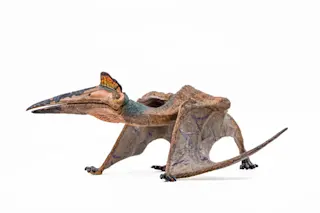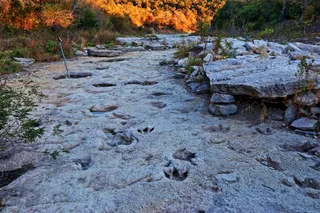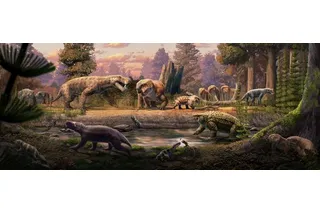Between the Jurassic and Cretaceous periods, during the last half of the age of the dinosaurs, pterosaurs evolved from small bird-sized flying reptiles to massive creatures. They stood taller than modern-day giraffes and boasted wings as wide as those of small airplanes.
How this happened presents an ongoing scientific mystery, especially since the eggs laid by pterosaurs changed little in size as the dinosaurs grew to become monsters. What special adaptation allowed them to grow so rapidly after their hatching?
A new study proposes that a pivotal behavior made the difference: doting parents. Giant pterosaurs came out of their shells in a weak state and received extensive postnatal care, which helped them to grow to an immense size. The earlier, smaller pterosaurs, by contrast, hatched out ready to fly – or they developed the ability soon after and grew relatively little from there on.
“Minimal childcare makes sense in the ...














